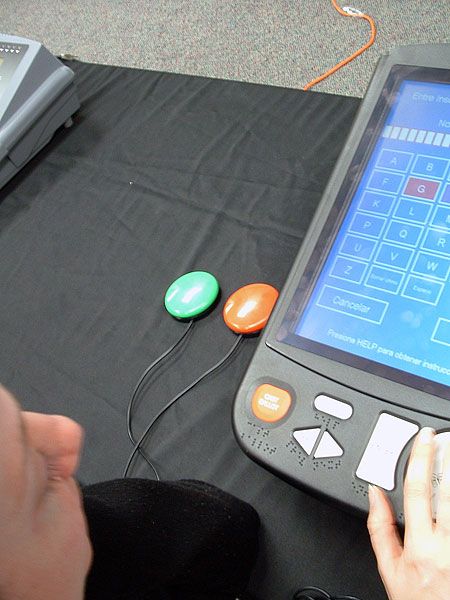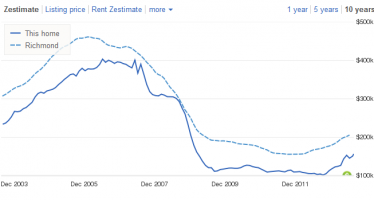They gave an election in L.A. and almost nobody came
 It seems Los Angeles County is testing the old philosophical question: What if they gave an election and nobody came? The most populous county in the state had the lowest percentage turnout in last November’s election.
It seems Los Angeles County is testing the old philosophical question: What if they gave an election and nobody came? The most populous county in the state had the lowest percentage turnout in last November’s election.
While 42 percent of state voters turned out for the general election, Los Angeles County turnout was only 31 percent. The last mayoral city election in Los Angeles saw a turnout of a mere 23 percent.
The California Senate and Assembly election committees are chaired, respectively, by Sen. Ben Allen, D-Santa Monica, and Assemblyman Sebastian Ridley-Thomas, D-Culver City. The chairs called a joint oversight committee hearing on Feb. 20 to look for the reasons and solutions of the extremely low turnout in Los Angeles County. YouTube here.
The answer just might be a feeling of powerlessness among voters.
Loyola Law professor Jessica Levinson told the committee the low turnout in Los Angeles elections could be a case of voter apathy. Los Angeles is not a political town, she said. Everyone knows when the Super Bowl and the Oscars occur, but they don’t know when an election happens.
Many suggestions were made at the hearing on why there was a low voter turnout:
- Voters believe their vote doesn’t matter;
- The size of the county takes away the personalization of politics;
- Lack of civic education in the schools;
- Frequency of elections;
- Lack of an interesting ballot;
- Demographics in which the large minority populations which make up much of Los Angeles County’s potential voters have a history of not voting.
Major obstacles
All those items contribute to the low voter turnout. But are there really major obstacles to prevent voters from coming out if they cared to?
Some of those testifying to the committee seemed to think so. Common Cause’s Kathay Feng said the progressives who set up the rules for stand-alone local elections not only wanted a focus on local government, but they were also racist. They didn’t want certain people to vote and they were successful by setting up elections in off years.
Feng, who serves on the committee to move the Los Angeles city elections to coincide with national elections, a measure which will appear on the city ballot in March, said the convenience to the voters of combining elections will bump up the voting totals by as much as a third.
Still, Raphael Sonenshein, executive director of the Pat Brown Institute at Cal State, Los Angeles, may have touched on the reason citizens don’t engage in local elections. He argued that people believe the only election that really leads to change is the presidential election.
If that is so, then many of the suggestions made to increase the vote will probably only do so on the margins.
Change agents
Even if voting is made as convenient as possible — as Jessica Levinson suggested the time might come when everyone can simply vote by pressing some button on their iPhone — an important question remains: Do voters think those votes for local candidates create change?
Do citizens think they have the power through their votes to alter the direction of government? Or do they believe the institutions are so controlled and manipulated by insiders that voting is pointless?
There were higher turnouts in the past when it was arguably more inconvenient to vote.
The key to bringing voters to the polls, rather than constantly devising new systems to make it easier to vote, is for the voters to see themselves as important participants in governing.
Related Articles
Legislators Celebrate Ramadan
Katy Grimes: Senate President pro Tem Darrell Steinberg, D-Sacramento, and Assemblywoman Mariko Yamada, D-Davis, are hosting the annual Ramadan Iftar dinner
Legislator warns against lawsuit abuse
When California’s Republican legislators warn that high taxes, onerous regulations and frivolous lawsuits are driving businesses out of California, they
Richmond mayor wants mortgages on million-dollar homes
Political theater isn’t reserved for Tea Party and Occupy movement protesters. Another example was on display Aug. 15 at Wells




